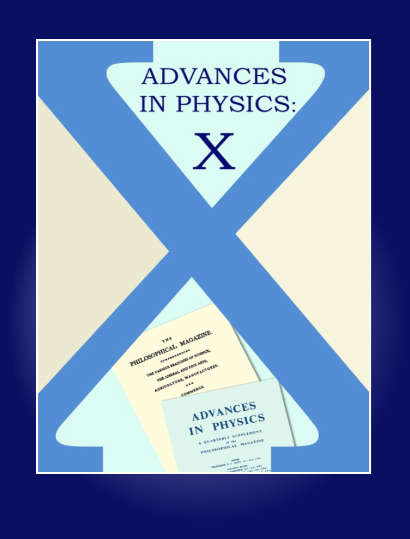Tracking ultrafast reactions in organic materials through vibrational coherence: vibronic coupling mechanisms in singlet fission
IF 10.8
2区 物理与天体物理
Q1 PHYSICS, MULTIDISCIPLINARY
引用次数: 12
Abstract
ABSTRACT A multitude of ultrafast photoinduced reactions in organic semiconductors are governed by the close interplay between nuclear and electronic degrees of freedom. From biological light-harvesting and photoprotection to organic solar cells, the critical electronic dynamics are often precisely synchronized with and driven by nuclear motions, in a breakdown of the Born-Oppenheimer approximation. Ultrafast time-domain Raman methods exploit impulsive excitation to generate nuclear wavepackets and track their coherent evolution through these reaction pathways in real time. This tool of vibrational coherence has recently been applied to study singlet fission, a carrier multiplication process with the potential to boost solar cell efficiencies which has been under intense mechanistic investigation for the past decade. In this review, we present the essential features of the spectroscopic techniques and discuss how they have been used to elaborate a new perspective on the singlet fission mechanism. It is now established that ultrafast triplet-pair formation is driven by vibronic coupling, whether fission is exothermic or endothermic, and thus that full understanding of singlet fission requires explicit consideration of nuclear dynamics. Despite broad qualitative agreement between different vibrational coherence methods, differences in the detailed observations and interpretation raise important questions and pose new challenges for future research. Graphical abstract通过振动相干跟踪有机材料中的超快反应:单线态裂变中的振动耦合机制
摘要有机半导体中的许多超快光致反应都是由核自由度和电子自由度之间的密切相互作用决定的。从生物光采集和光保护到有机太阳能电池,关键的电子动力学通常与核运动精确同步并由核运动驱动,这打破了Born-Oppenheimer近似。超快时域拉曼方法利用脉冲激发产生核波包,并实时跟踪其通过这些反应途径的相干演化。这种振动相干工具最近被应用于研究单线态裂变,这是一种有可能提高太阳能电池效率的载流子增殖过程,在过去十年中一直在进行深入的机制研究。在这篇综述中,我们介绍了光谱技术的基本特征,并讨论了如何利用它们来阐述单线态裂变机制的新观点。现在已经确定,超快三重态对的形成是由振动耦合驱动的,无论裂变是放热的还是吸热的,因此,对单线态裂变的充分理解需要明确考虑核动力学。尽管不同的振动相干方法在质量上有着广泛的一致性,但详细观测和解释的差异提出了重要问题,并对未来的研究提出了新的挑战。图形摘要
本文章由计算机程序翻译,如有差异,请以英文原文为准。
求助全文
约1分钟内获得全文
求助全文
来源期刊

Advances in Physics: X
Physics and Astronomy-General Physics and Astronomy
CiteScore
13.60
自引率
0.00%
发文量
37
审稿时长
13 weeks
期刊介绍:
Advances in Physics: X is a fully open-access journal that promotes the centrality of physics and physical measurement to modern science and technology. Advances in Physics: X aims to demonstrate the interconnectivity of physics, meaning the intellectual relationships that exist between one branch of physics and another, as well as the influence of physics across (hence the “X”) traditional boundaries into other disciplines including:
Chemistry
Materials Science
Engineering
Biology
Medicine
 求助内容:
求助内容: 应助结果提醒方式:
应助结果提醒方式:


